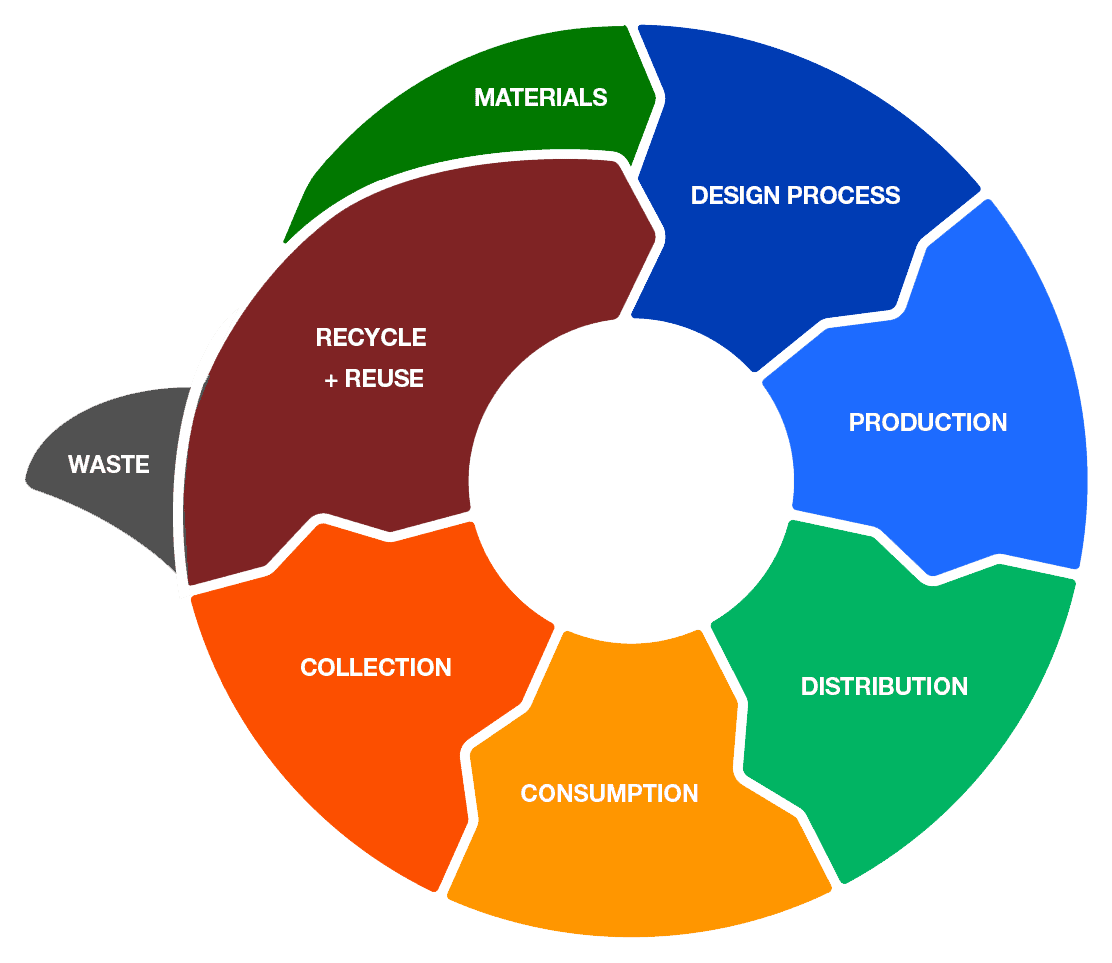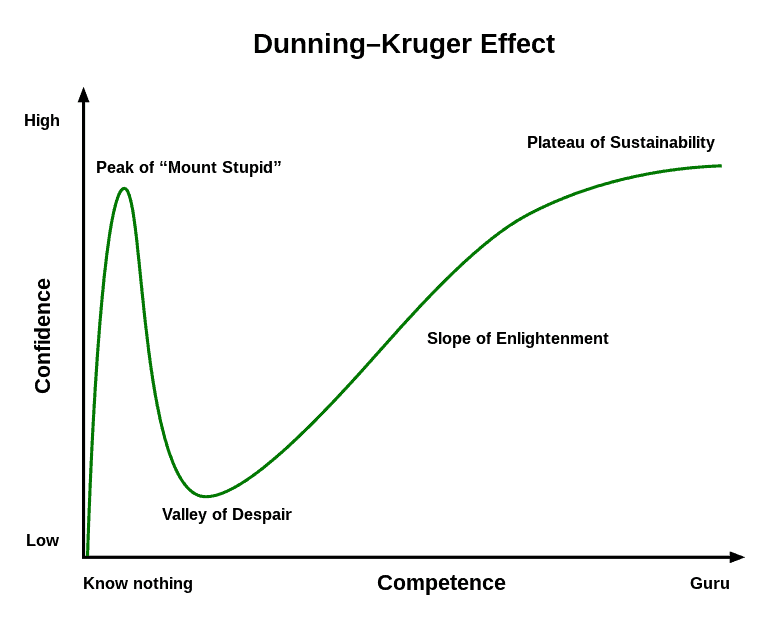Pareto Principle
Vilfriedo Pareto was an Italian economist, sociologist and philosopher born on 15 July 1848. His studies in economics and sociology led to the creation of the Pareto Principle. This principle is based upon the proposition that 80% of the output from any given situation is determined by 20% of the input. Whilst not a hard and fast rule there are enough proven examples of the principle to encourage businesses in aerospace, food production, car manufacturing and other commercial ventures to attribute some value to the concept. Examples from various studies and trials have reached conclusions such as:
- 20% of the time input to a given situation yields 80% of the output.
- 20% of the bad code causes 80% of the software problems
- 80% of sales come from 20% of clients
- 80% of crime is committed by 20% of criminals
There are also references to articles that reference the 80/20 principle in a questionable manner. For example, this article about relationships as referred to on www.statistics.com/the-popular-80/. One of the most famous 80/20 examples given by Pareto is the distribution of wealth – 20% of people having 80% of the money in the US. However, this has changed over time and is now closer to 10% of the population.
The problem with the Pareto Principle is that it only offers an insight to a potential cause or outcome and does not suggest solutions to problems. However, as a starting point it is a useful tool and you may hear the term refering to cause and effect when analysing problems in the workplace.
Net Zero
According to the Office For National Statistics “Net zero means that the UK’s total greenhouse gas (GHG) emissions would be equal to or less than the emissions the UK removed from the environment. This can be achieved by a combination of emission reduction and emission removal.” Net Zero is often associated with term Carbon Neutrality, but has a wider scope than just carbon reduction. It is also useful to be aware of the types of GHG emissions this does and does not include:
Included
- businesses based in the UK regardless of where in the world the businesses are registered
- the activities of people that live in the UK
- the activities of non-UK visitors
- land such as forest, crop or grazing land
Not Included
- international air travel and international shipping
- UK residents abroad, UK Crown dependencies and overseas territories
- burning of biomass such as wood, straw, biogases
- land such as peatland
- production of goods and services that the UK imports
Concerns
To properly offset GHGs, we would need to take a holistic approach. Using the example of the construction industry (housing), we need to consider the environmental damage associated with collecting raw materials (eg digging them out of the ground), energy used and pollutants produced when furnaces create the bricks, other materials used to build houses (wood, concrete, slate and extraction processes for these) along with removal of the natural environment to create space for any construction activities. In this case, I would be interested to see the calculations for a Net Zero outcome and the recommended actions required to create a situation where “total greenhouse gas (GHG) emissions would be equal to or less than the emissions the UK removed from the environment.”
As someone with limited knowledge of the science associated with Net Zero aspirations, it looks as if the term is a little misleading as it only refers to actions taken or measurement during part of a production or consumption process. To effectively reduce pollutants, we need to reduce consumption in all of its forms at all stages of manufacture and consumption (including consumer products, energy, food and water). I’m not sure this ‘elephant in the room’ is not likely to be addressed any time soon.
To find out more, check out this document on Net Zero published by the UK Government.
The Circular Economy
The circular production and consumption model relies on extending the life span of a product in the planning and design stages. These design considerations may include reusable, replaceable or repairable components in addition to recycling the entire product for reuse. Samsung’s phone trade-in scheme is a great example of the later – the electronic consumable goods giant are able to offer significant discount (over and above high street value) to customers returning their phones for refurbish / reuse. This incentivises the consumer to keep products in good condition and extend its life cycle whilst rewarding customer loyalty.
There are many initiatives and directives from European governments to make sustainability and recycling a natural part of the product development process. The aim is to reduce waste whilst satisfying the needs of ever demanding consumers and creating competition in the marketplace. Whilst the Net Zero ambitions described previously seem flawed to the core, the support and recognition for Circular Economy principles by design has achieved significant momentum.
Bring Your True Self To Work
“Bring your true self to work” is a more recent addition to the common phrases you may hear in an office, production line or meeting space. It refers to the concept of allowing individuals to bring their ‘authentic selves’ to work. The word authentic in this context refers to being comfortable with who you are, your personality, your values and beliefs. By developing an environment of acceptance within the workplace, the concept aims to connect personal experience to daily activity in the workplace and therefore reduce the pressure to hide or suppress certain aspects of personal life.
Creating a workplace culture where individuals genuinely feel they can be their ‘authentic self’ requires trust, and respect. It involves valuing a diverse set of beliefs, ideas and principles whilst enabling employees to bring their ideas and experiences to the business without the fear of rejection or judgement. One of the key aims of encouraging ‘true self’ or ‘real self’ authenticity is to improve overall job satisfaction. This in turn can lead to employee retention, positive attitudes and improvements in productivity.
An example of ‘bringing your true self to work’ might be where an engineer with a passion for recycling and reducing environmental pollution shares some ideas for recycling waste material at the car production facility where they work. Another example might be a person having overcome a series of difficult mental health issues explaining some of the personal challenges they faced when applying to become a mental health first aider at their place of work.
The Dunning-Kruger Effect
The Dunning-Kruger Effect is the name given to the cognitive bias that results in a person believing that they are more skilled or competent than they actually are. It is also described as ‘being ignorant of one’s own ignorance‘. Essentially the authors, D Dunning and J Kruger, undertook 4 different studies in humour, grammar and logic where the results demonstrated that the bottom quartile (0% – 25%) of the group seriously overestimated their ability and competence. This was attributed to the lack of understanding or comprehension of error and accuracy and could be improved by further training and refinement of skills, knowledge and experience. Here you can find details of the original publication which was published in 1999.
The Dunning-Kruger Effect graph on the right highlights how confidence changes as competence increases. It visually demonstrates explains the Dunning-Kruger Effect, where reduced knowledge and experience can lead to an inflated sense of confidence due to an inability to recognise inaccuracy or error.
Here are a couple of articles about the Dunning-Kruger Effect:
Psychology Today
Wikipedia

